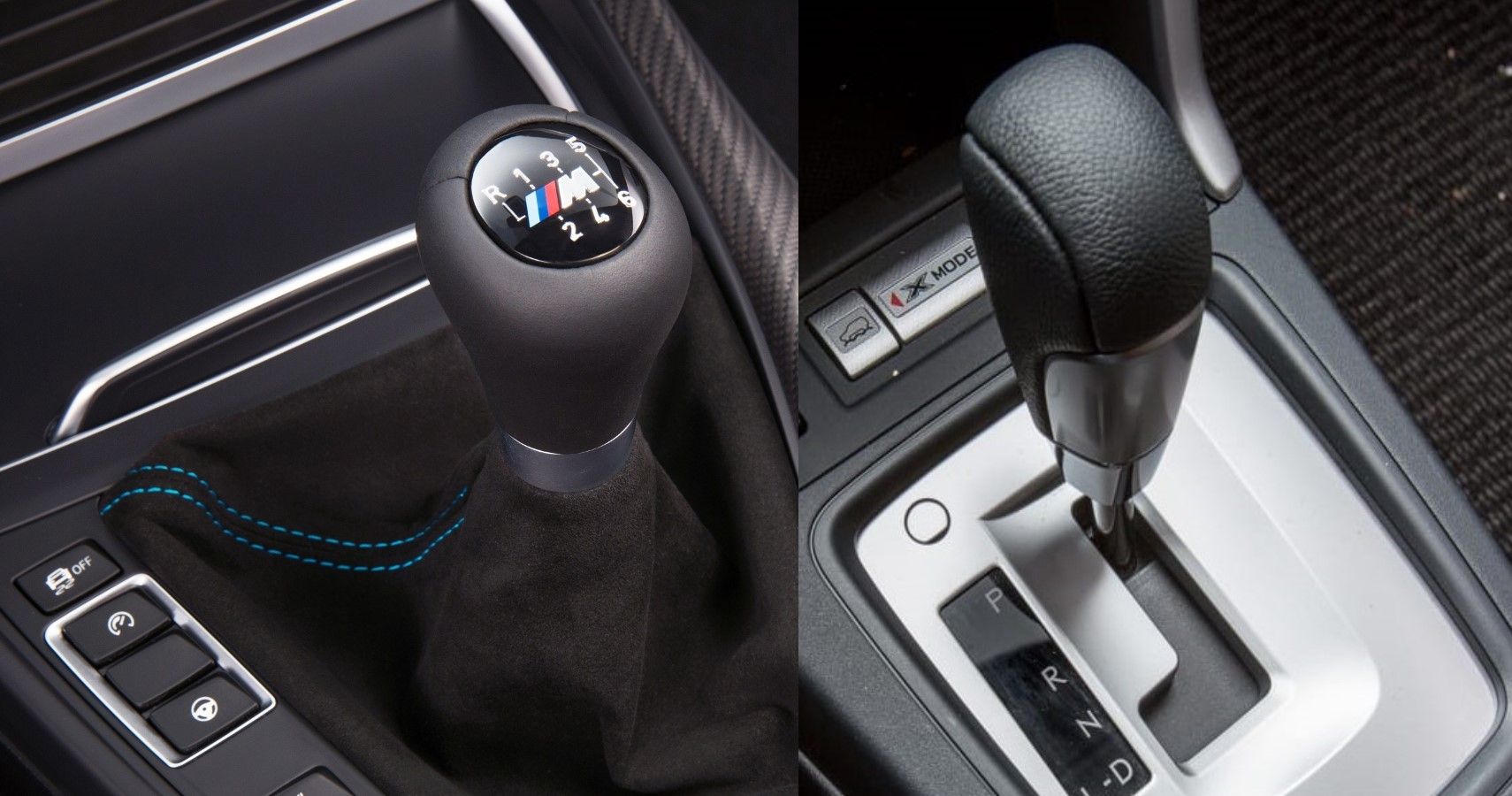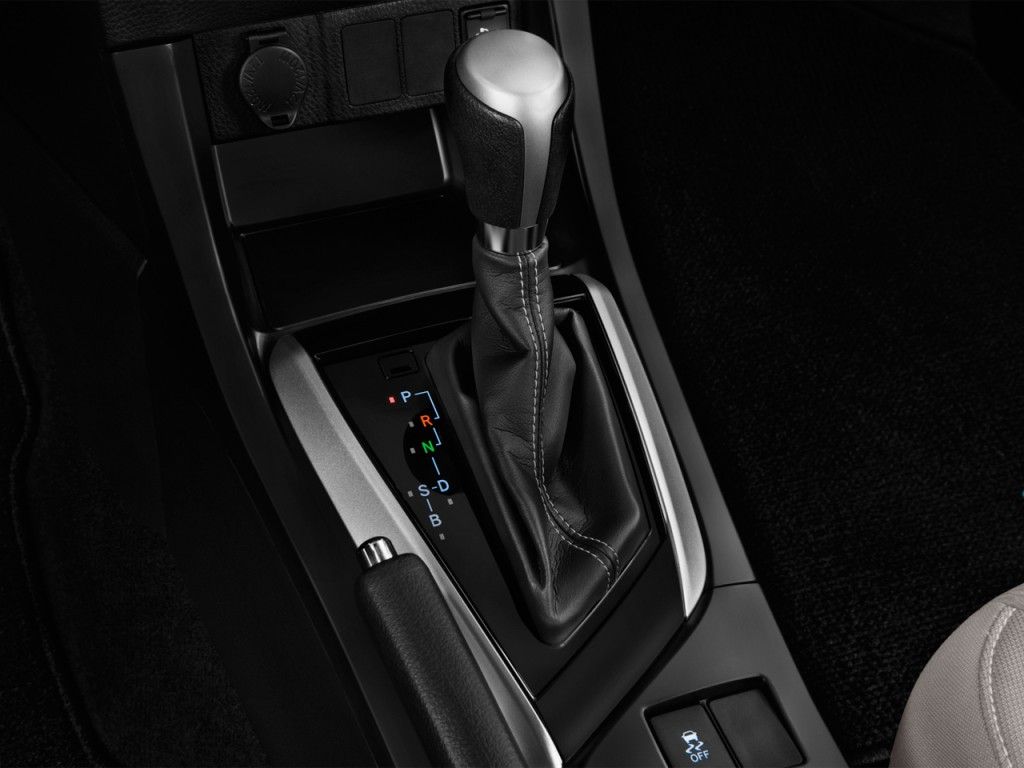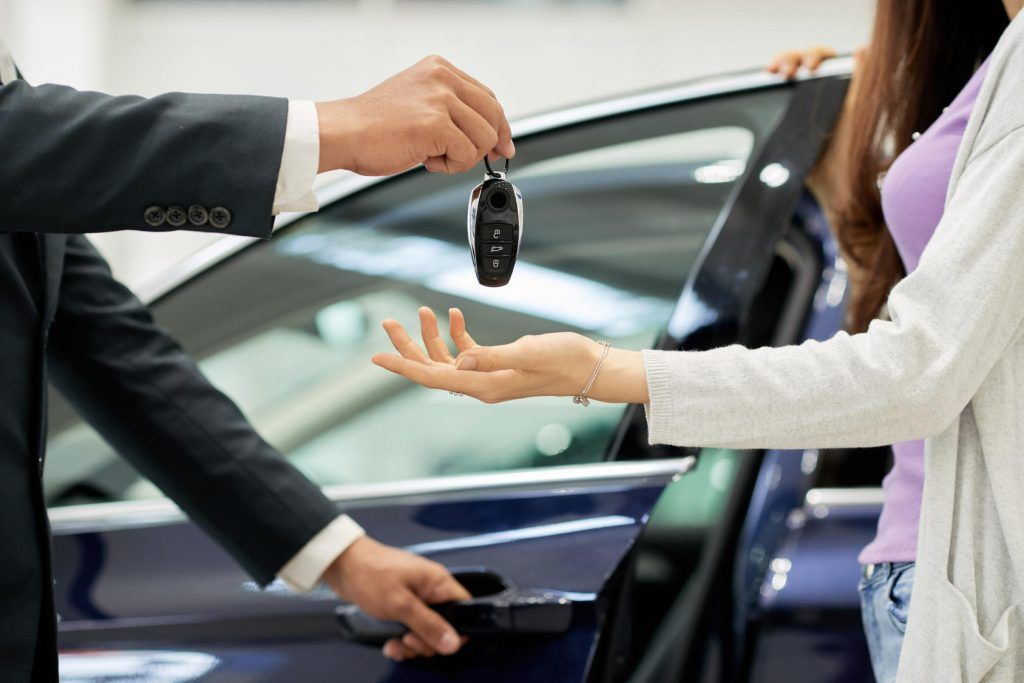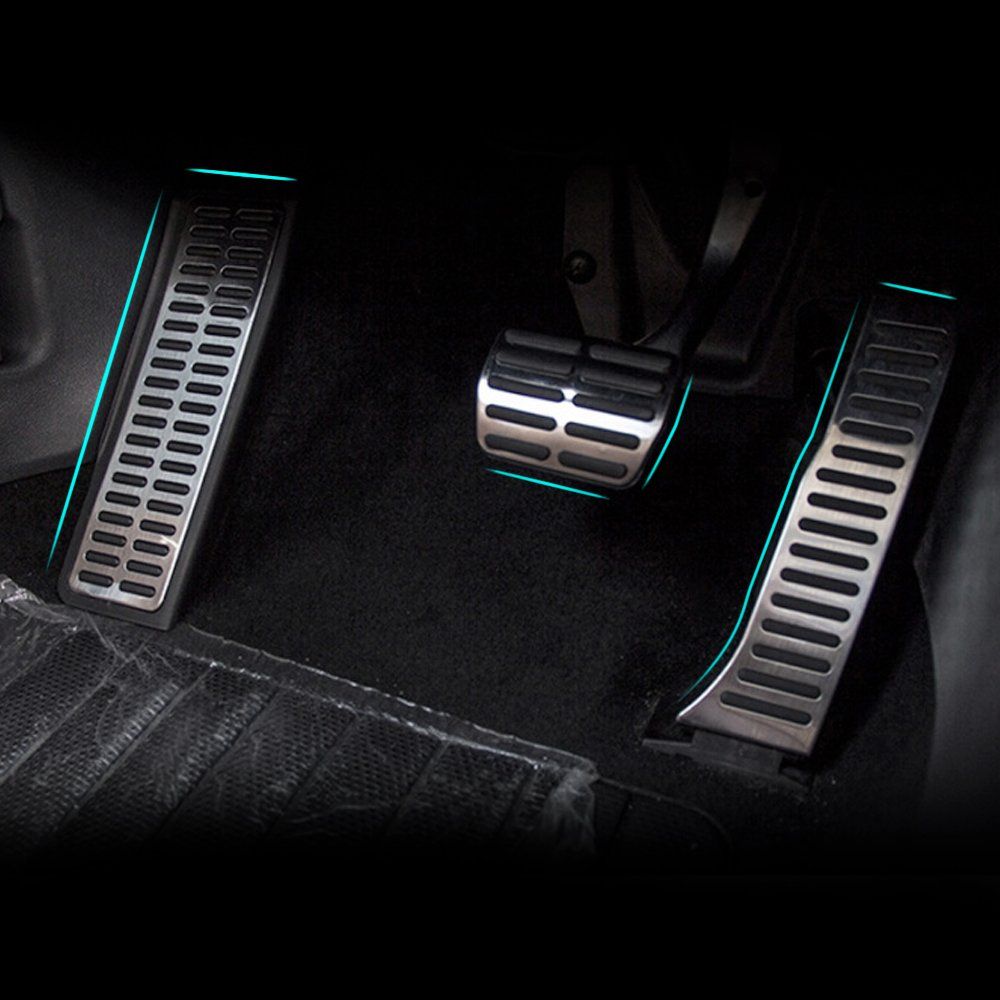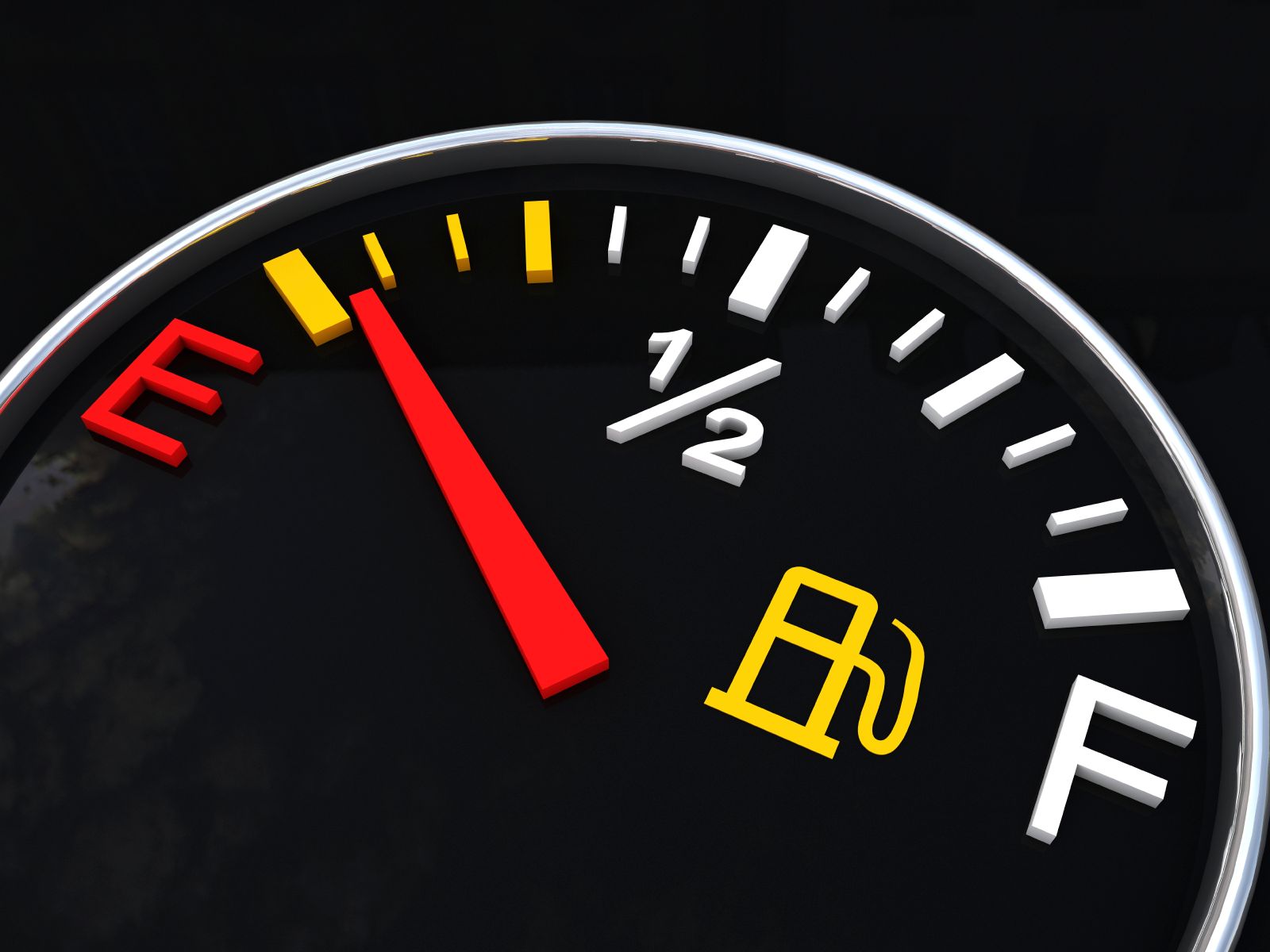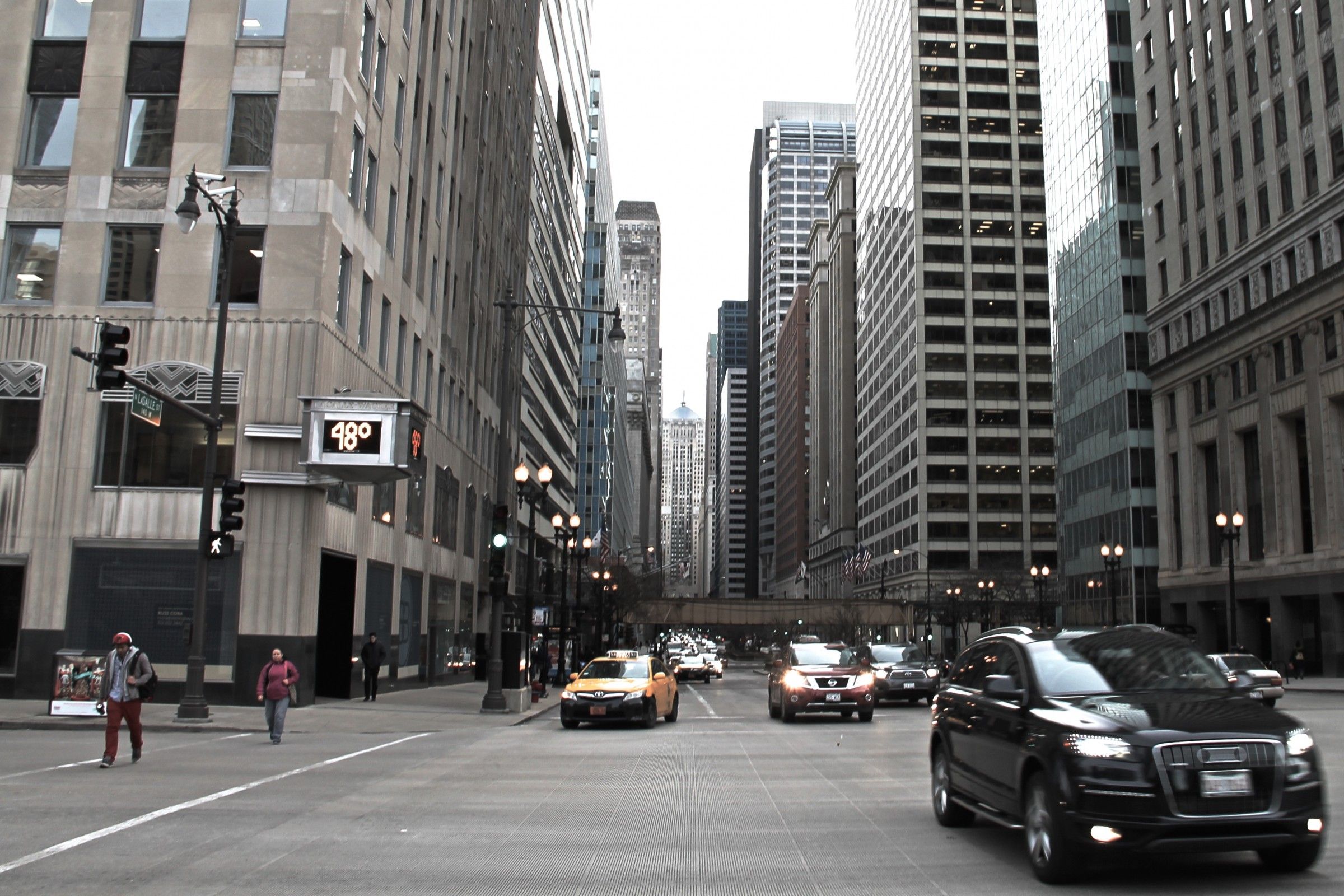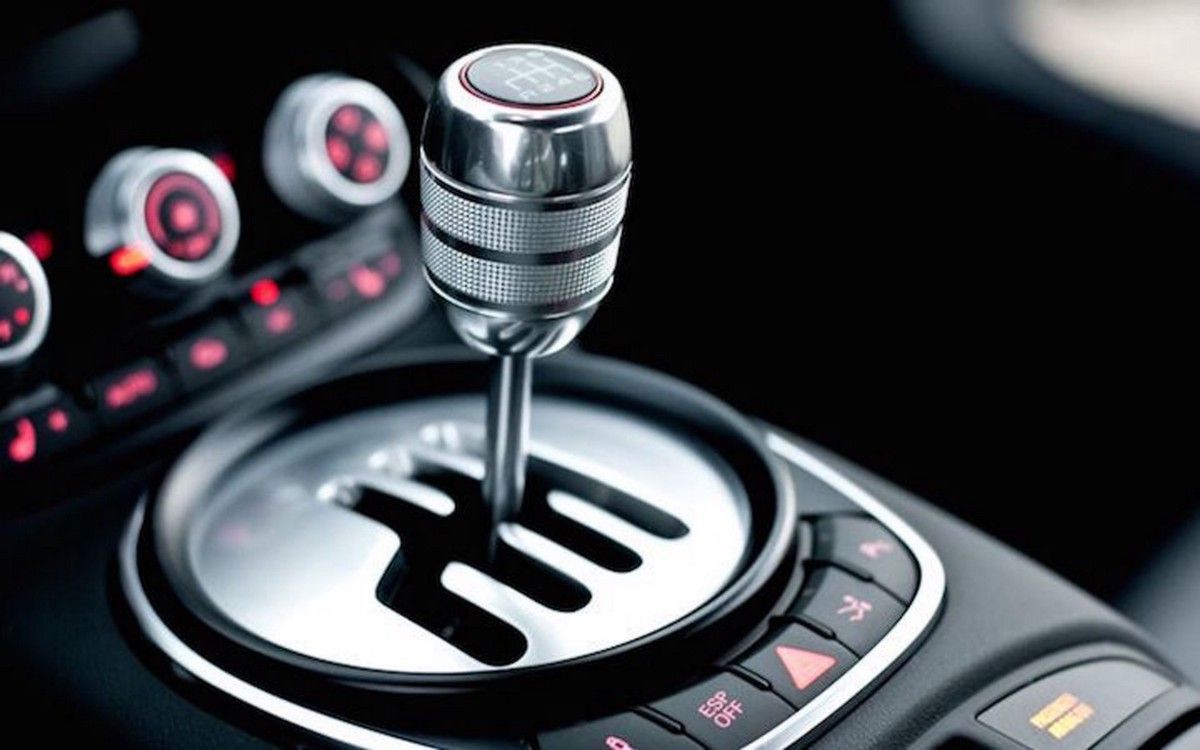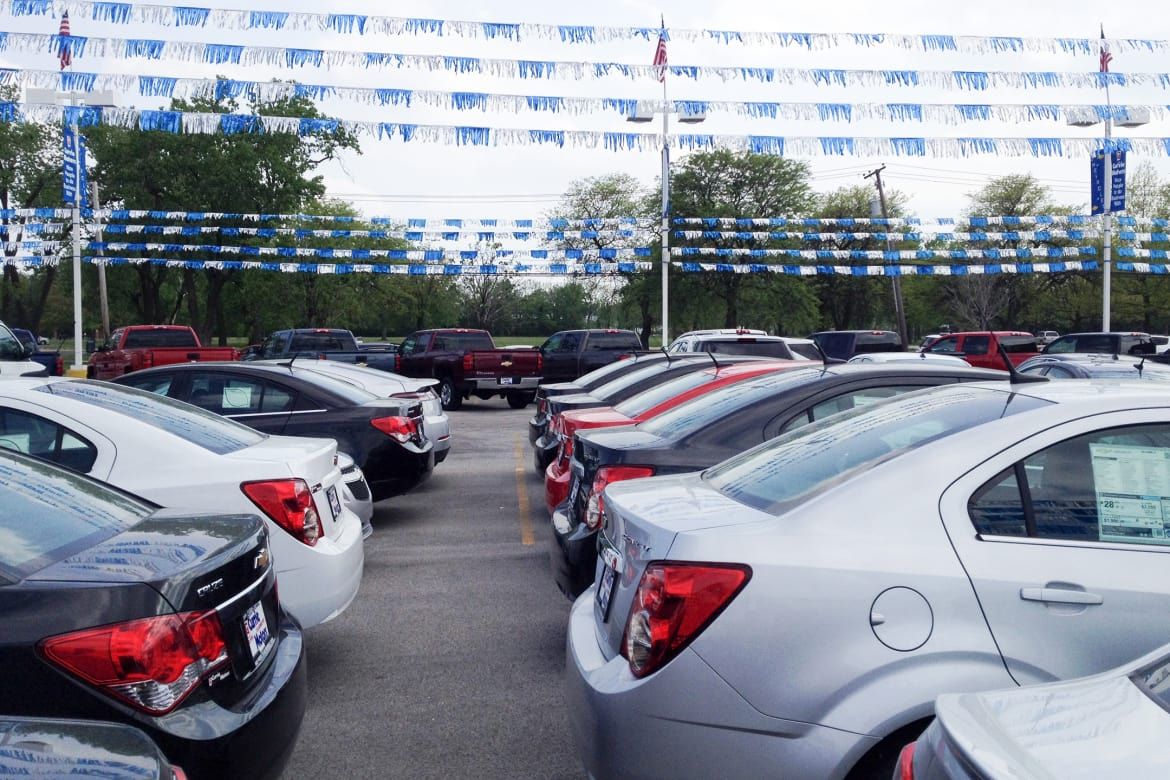Throughout one's lifetime, they must make many important and difficult choices. Some experience remorse for the decisions they made whilst others are pleased with what has unfolded. These choices can range from daily activities, like which the route to take to work, to more impactful decisions such as a vehicle you may purchase. Buying a new car is a perfect instance of said difficult choices, especially when so many cars offer an innumerable amount of accessories and multiple versions. Of all the options, however, determining the proper transmission for your vehicle is paramount to being happy with your car.
Nowadays the automotive market is ripe with possibilities for transmission setups. For instance: Paddle-shifters, manual (standard), automatic, sequential, Tiptronic, and so on. Although these options are all available to the general public, most only offer the standard manual and automatic. So, naturally, this leads many to ask "Which one is better?" or "Which best suites my driving style?" and "Why should I choose one over the other?"
To best answer these questions, let us go over the pros and cons of these two starkly different mechanisms. Beginning with automatic.
10 Automatic Pro: Easier to Drive
According to a recent census, of the 327 million Americans who are both of age to drive and have a vehicle, 96% of them drive cars with an automatic transmission. This is for many reasons, all of which can best be described as the pros for owning an auto. To start, the primary rationale behind why most drivers in the U.S. will choose automatic over its three-pedaled counterpart is its easiness to learn and use.
Driving an automatic vehicle is certainly more mindless and less demanding than manual, however, do not take this as a slight, not having to worry about gear changes can certainly make someones daily drive to the supermarket much easier and safer.
9 Automatic Con: Price
How about the cons though? All of these features seem to make automatic the obvious choice, but there is always more than what meets the eye. The first, and one of the most obvious, negative aspect to automatic transmissions is their increased price from dealers.
Not only will the vehicle cost more initially, but it may also cost even more in future repairs. This is primarily due to auto and manual being built quite differently, with the former being much more complex and technical in nature.
8 Automatic Pro: No Clutch Pedal
For anyone who has ever lived in hilly conditions, they can also provide a reason as to why automatic is the superior choice. When red lights and busy intersections are situated on top of a thirty-five-degree hillside, the fear of releasing the clutch and subsequently rolling backward into another driver, is always there.
Even so, this issue is far less frequent among motorists with automatic transmissions since the car itself takes care of clutch movement and has an automated idle speed.
7 Automatic Con: Less M.P.G.
Along with the exorbitant price, autos also offer a less competitive fuel economy than standard transmissions. This is a result of a couple of things: Mostly the increased weight of the transmission and a component called the "torque converter" in the vehicle. In regards to weight, the more a car weighs, the more power is needed to move itself. Ergo, it consumes more fuel to move forward.
The torque converter is the next sufficient part of low M.P.G. What the converter does (in basic terms) is it helps give the engine a bit of slippage when it begins to slow down. This helps increase/decrease R.P.M. (Revolutions Per Minute) for either a gear upshift or downshift. All in all, excessive slippage is bad for fuel economy and is more common in automatic transmissions.
6 Automatic Pro: Urban Driving
Also, daily driving for people who live in condensed urban environments is much less physically demanding and less stressful with an auto. Not much is more annoying than having to constantly switch back and forth from first to second in-between alternating red lights.
These constant stop-and-go situations can even lead to a medical issue called "Drivers Foot." Like Plantar Fasciitis, it causes prolonged pain in the feet and may be caused by excessive movements from clutch to pedal and so on. If any of these symptoms are experienced, it is best to seek medical attention and (potentially) look for a car that may suit your environment more effectively.
With all this being said, there is still another area to cover. That would be the automatics direct competitor: Manual.
5 Manual Pro: They're Cheaper
Almost any car enthusiast will have a profound love for the manual transmission. Some claim it to be the most "pure" form driving, while others simply enjoy the interaction between man and machine. All this being said though, it seems that sales of these transmissions have decreased exceedingly over the past few decades.
Why is this the case? Are people becoming lazy, or just advancing along with technology? The best way to determine the answer would have to be looking at the manual in further depth.
In regard to the pros, manual (also known as "Standard") has many of them. To start, there is the price points. Most newer cars are offered at a lower M.S.R.P. if it has a standard transmission rather than an auto. Along with the lower price, maintenance is often cheaper too, especially since manuals have less technology and not as many extra parts to remove.
4 Manual Con: Complexity And Direct Involvement
Although there are a multitude of positives with manual, there are also a few downsides. The largest one being the work and involvement needed to simply drive around town. Drivers must focus on proper pedal movements, cycling from clutch to gas to brake and so on.
This can be taxing on some and make driving more of a chore rather than entertainment. Some individuals value comfort and relaxation more than performance and speed, so for those characters, it may be best to go with an alternative.
3 Manual Pro: Better Fuel Economy
Standard also allows the driver to utilize their fuel mileage more effectively. They weigh less, have less slippage in between gear shifts, and usually have more gears to change to than its competitor.
In layman's terms, the less complex machinery, and lack of extra weight, helps these vehicles to stay ahead in terms of M.P.G. Furthermore, experienced manual car owners know that (depending on the traffic) one can easily toss the car into final-drive going 40 miles per hour and enjoy a steady fuel economy. Sometimes even more than the average modern car.
2 Manual Con: Lower Resale Value
To add even further, manuals (although cheaper off the lot) often have lower resale values. This is, consequentially, due to the previous statistic on the lessening of manual's popularity. The market for such an involved driving experience is dying and it may not be long before it's completely gone either. All that remains are enthusiasts who actively work and petition for the continuation of manual. As well as a handful of manufacturers who are "manual purist" like Hennessey and Saleen.
1 Manual Pro: Anti-Theft
Above all of this, however, manuals have essentially become their own form of anti-theft (at least in America). Since standard transmissions have become so rare, many would-be criminals won't even be able to get the car out of neutral.
There are many situations that can be found which showcase this trend. For example: In 2014, three car thieves couldn't even get out of the driveway before running off due to the manual transmission. The same event happens quite often too, with thwarted grand thefts occurring yearly in the United States.
It goes to show that sometimes the best offense is a good defense.
In a word, the choice between manual and automatic is a subjective one. While some may value the easiness and relaxation involved in automatics, others may despise it and strive for something intricate and preoccupying. Each mechanism comes with their own pros and cons, but it is up to the purchaser to weigh these options and make an educated decision on which one best suites them and their preferences.

